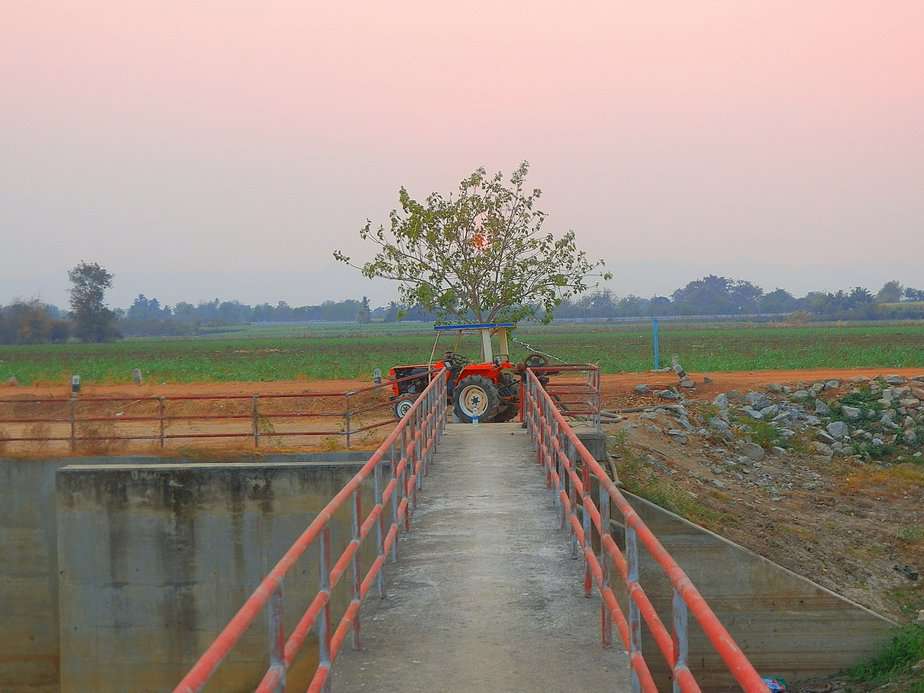
If you had to guess, how many farms dams do you think are there in Australia?
Australia, known for its vast landscapes and unique wildlife, is also a global agricultural powerhouse. Behind the scenes of this agricultural success story lies an essential, often overlooked feature: farm dams. These water reservoirs are the lifeline of Australian agriculture, playing a crucial role in sustaining crops and livestock. In this blog post, we’ll delve into the fascinating world of farm dams in Australia, exploring their numbers, significance, and the challenges they face.
The Role of Farm Dams in Australian Agriculture
Farm dams are artificial water bodies built on agricultural properties to store and manage water for various purposes. In Australia, they serve as a vital source of water for irrigation, livestock, and other farming activities. These dams help farmers navigate the continent’s arid and unpredictable climate, enabling them to produce food and fiber for both domestic consumption and international export.
Quantifying Australia’s Farm Dams
Estimating the precise number of farm dams in Australia is a complex task due to their sheer abundance and variations in size and purpose. However, we can gain insights into their prevalence through available data and regional studies.
State-by-State Analysis
New South Wales (NSW): It is estimated that there are approximately 110,000 farm dams in NSW, a testament to the state’s agricultural significance.
Victoria: Victoria boasts over 85,000 farm dams, playing a vital role in sustaining its diverse agricultural sectors.
Queensland: The “Sunshine State” relies on roughly 70,000 farm dams to support its agricultural activities.
Western Australia (WA): WA’s agricultural success is backed by around 50,000 farm dams, critical for water security in this vast state.
South Australia: The state has approximately 25,000 farm dams, ensuring water availability for its agriculture.
Tasmania: Although smaller in size, Tasmania still depends on nearly 5,000 farm dams to support its unique agricultural products.
Northern Territory (NT): Northern Territory has less than 1,000 farm dams, as they are less common in the NT, primarily due to its arid climate, but they play a crucial role in localized agriculture.
Challenges in Data Collection
Gathering comprehensive data on farm dams across Australia can be challenging due to factors like private ownership, variations in dam sizes, and differing regulations. Many farm dams are not formally registered, making it difficult to provide an exact nationwide count.
The Importance of Farm Dams
Farm dams are not just water reservoirs; they are vital components of sustainable agriculture in Australia for several reasons:
drought Resilience: In a country susceptible to drought, farm dams act as a buffer against water shortages. They provide a reliable source of water for crops and livestock during dry periods, helping farmers withstand prolonged droughts.
Irrigation: Farm dams are essential for irrigation, allowing farmers to grow crops in regions with limited rainfall. This is particularly crucial for Australia’s horticulture and viticulture industries.
Livestock Water Supply: Livestock farming heavily relies on farm dams to provide drinking water and maintain animal well-being. These water sources are a lifeline for cattle, sheep, and other animals.
Firefighting: Farm dams also serve as critical firefighting resources in rural areas. During bushfires, they provide water for fire trucks and helicopters, aiding in firefighting efforts.
Biodiversity: Many farm dams also support local biodiversity, serving as habitats for various aquatic species and providing water for wildlife in drought-stricken regions.
Challenges and Concerns
While farm dams are essential for Australian agriculture, they are not without their challenges and concerns:
Environmental Impact: Poorly managed farm dams can have adverse environmental effects, including altered hydrology, sedimentation, and nutrient runoff. Sustainable dam design and management are critical.
Regulation and Compliance: There is a need for consistent regulation and compliance standards for farm dams, ensuring their safety, integrity, and environmental impact.
Climate Change: Australia’s changing climate poses a challenge to the reliability of farm dams. Increased evaporation rates and altered rainfall patterns may impact their effectiveness.
Maintenance Costs: Maintaining and repairing farm dams can be costly for farmers, especially for those with limited resources.
Water Quality: Ensuring water quality in farm dams is essential for both agricultural and environmental reasons. Pollution and salinity are ongoing concerns.
Conclusion
Farm dams are the unsung heroes of Australian agriculture, providing the essential resource of water to support the nation’s vast and diverse farming activities. While it’s challenging to pinpoint an exact number of farm dams across the country, their importance cannot be overstated. These reservoirs are the backbone of Australia’s food production, enabling farmers to navigate a climate of droughts and uncertainties.
As we move forward, addressing the challenges associated with farm dams, such as environmental impact and climate change, will be essential. Through responsible management and sustainable practices, we can ensure that these vital water sources continue to play their crucial role in sustaining Australian agriculture for generations to come.
More reading
Earth Dams on Farms: Balancing Agricultural Needs with Sustainable Water Management
